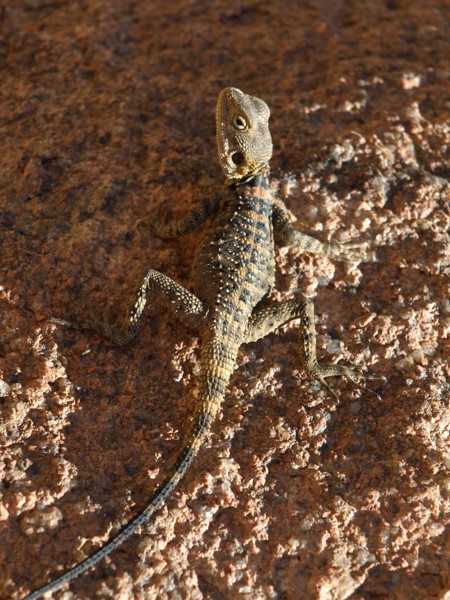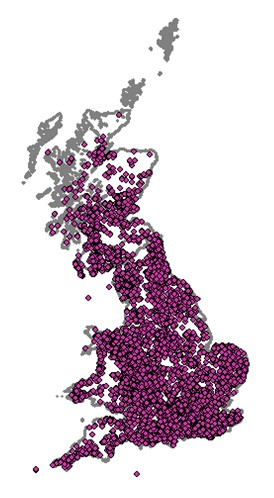distribution models
Reptiles, ancient trees and more
In order to conserve biodiversity, we must have some idea where it’s found. However, many parts of the world, especially in the tropics, have been very poorly surveyed for species. This has led conservation biologists to attempt to predict the distributions of species, using known occurrences of species and maps of climate variables, such as climate, vegetation, habitat and topography.



Francis Gilbert and I have collaborated on projects modelling species distributions in Egypt and Saudi Arabia, where biodiversity is poorly documented, and distribution models provide a vital tool in conservation planning.
Currently, I am involved in two distribution modelling projects. My PhD student Abdulaziz Alatawi is modelling reptile distributions in Saudi Arabia. Victoria Granger, another PhD student, is working with the Woodland Trust on a project which seeks to understand the distribution of ancient trees across the UK.
